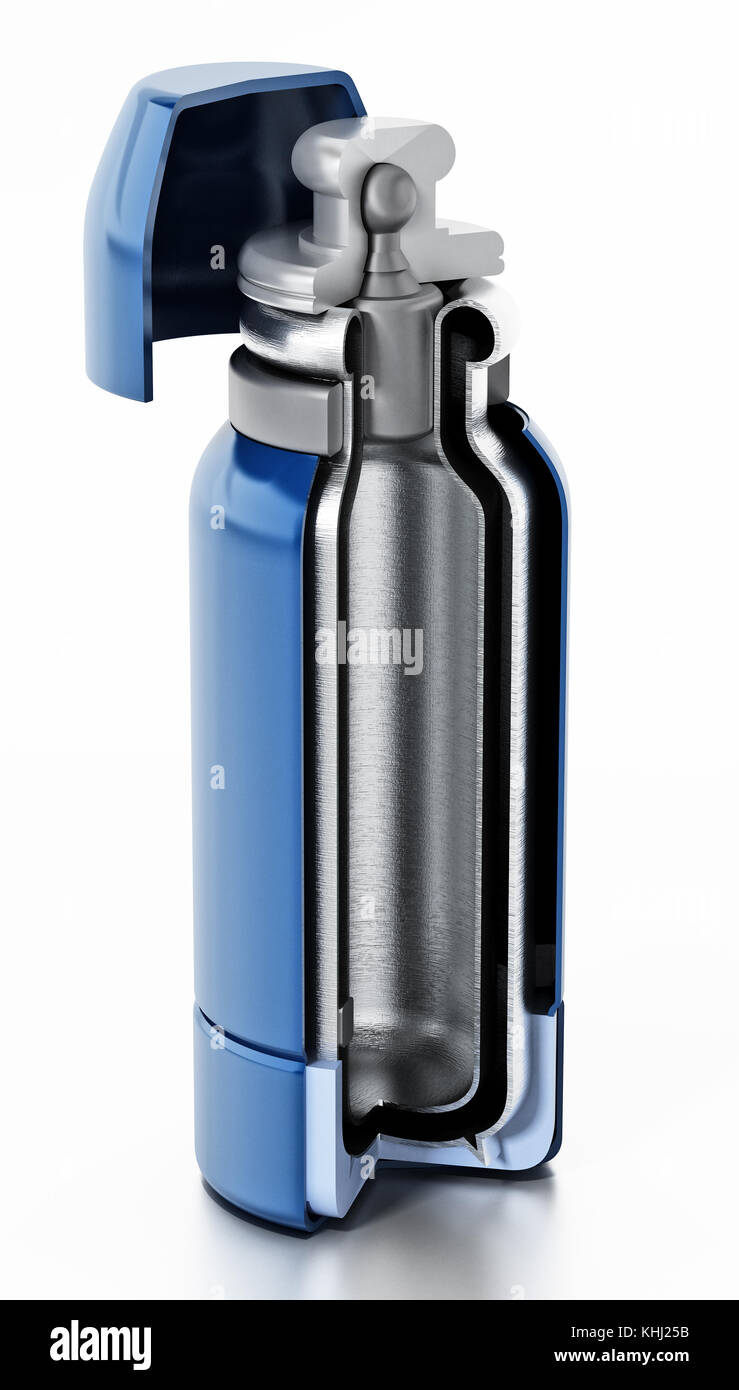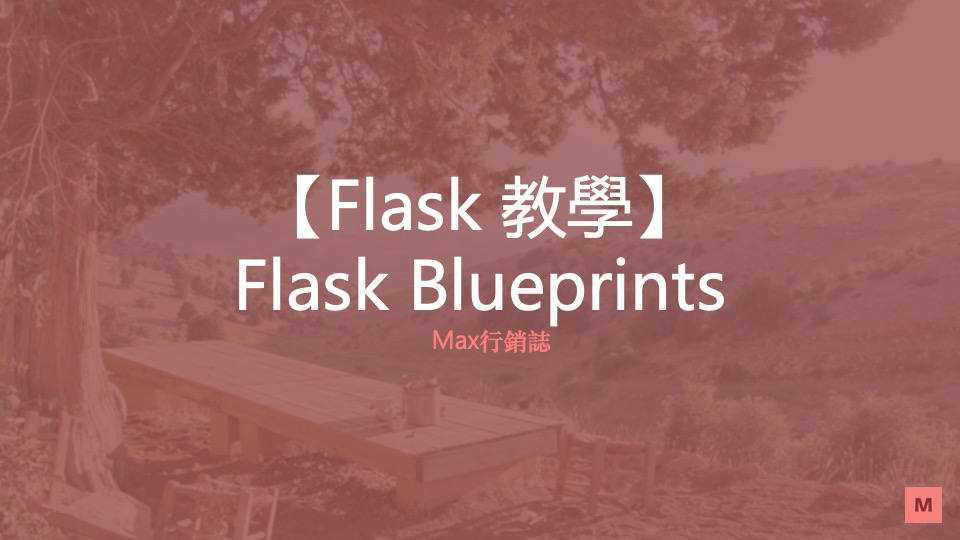

The first example I will show you does not require this functionality, but the second does, so it's best to have it configured from the start.Īny functions that you want to run as background tasks need to be decorated with the celery.task decorator. The CELERY_RESULT_BACKEND option is only necessary if you need to have Celery store status and results from tasks. If you run something other than Redis, or have the broker on a different machine, then you will need to change the URL accordingly.Īny additional configuration options for Celery can be passed directly from Flask's configuration through the () call.

This URL tells Celery where the broker service is running.

A Flask application that uses Celery needs to initialize the Celery client as follows: from flask import FlaskĪpp.config = 'redis://localhost:6379/0'Ĭelery = Celery(app.name, broker=app.config)Īs you can see, Celery is initialized by creating an object of class Celery, and passing the application name and the connection URL for the message broker, which I put in app.config under key CELERY_BROKER_URL. The integration of Celery with Flask is so simple that no extension is required. Then come back to learn how everything works! Working with Flask and Celery The README file there will give you the quick and dirty approach to running and playing with the example application.
Flask blueprint example code#
If you are the instant gratification type, and the screenshot at the top of this article intrigued you, then head over to the Github repository for the code used in this article. The most commonly used brokers are RabbitMQ and Redis. The client communicates with the the workers through a message queue, and Celery supports several ways to implement these queues. Celery supports local and remote workers, so you can start with a single worker running on the same machine as the Flask server, and later add more workers as the needs of your application grow. These are the processes that run the background jobs. When working with Flask, the client runs with the Flask application. A Celery installation has three core components: But the benefits are many, as Celery has a distributed architecture that will enable your application to scale. Running background tasks through Celery is not as trivial as doing so in threads.
Flask blueprint example free#
The general idea is that any resource consuming tasks that your application may need to run can be offloaded to the task queue, leaving your application free to respond to client requests. You can use it to execute tasks outside of the context of your application. What is Celery?Ĭelery is an asynchronous task queue. My readers constantly ask me about Celery, and how a Flask application can use it, so today I am going to show you two examples that I hope will cover most application needs. To keep things simple, in all the examples I have used so far I have executed background tasks in threads, but I always noted that for a more scalable and production ready solution a task queue such as Celery should be used instead.

I have tackled it in my Mega-Tutorial, later in my book, and then again in much more detail in my REST API training video. The topic of running background tasks is complex, and because of that there is a lot of confusion around it.


 0 kommentar(er)
0 kommentar(er)
